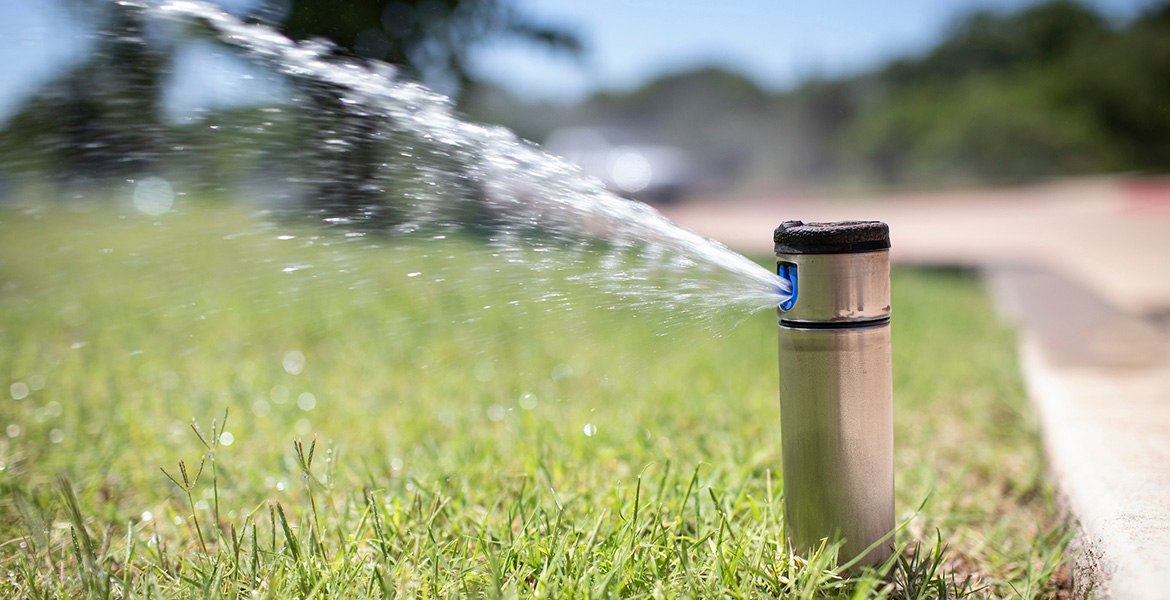
Winterizing lawn and garden irrigation systems worth the effort
Tuesday, November 3, 2020
Automated irrigation systems for landscaping are great tools for keeping trees, shrubs and flowers properly watered. Costly repairs due to seasonal freezes are good incentives for homeowners to winterize those investments, said David Hillock, Oklahoma State University Extension consumer horticulturist.
“One problem we face in Oklahoma in the fall and winter is going through periods of warm weather where we actually need to get out and irrigate the landscape. Those with in-ground systems will have to decide whether or not to go through the winterizing steps,” Hillock said. “Some winters, it really isn’t much of an issue because our freeze depth is fairly shallow, so we typically don’t experience a lot of problems.”
However, if the system was installed before the current property owner, or it has had problems already, he said winterizing is a good idea.
“Any moisture within the components can freeze and cause damage. When you turn them on in the springtime you may end up with geysers and flooding,” he said. “Most of the in-ground systems will have a drain valve at the lowest end of the system. When winterizing, turn off the water source, open that valve and let all the water drain out so there’s no standing water left in the pipes.”
Some systems will have automatic drain valves, but for homeowners who are not familiar with their equipment, it may require poking around to determine what type of drain valves are involved. The installation company should have that information.
Some irrigation and landscape companies offer services to winterize the system for clients. Hillock said this typically means pressurizing the system with air to force all of the water out of the valves, pipes and sprinkler heads.
“You can do this yourself, but I recommend having a professional come do it for you. Homeowners can inadvertently put too much air in the system, which results in damaged components,” he said.
Any part of an irrigation system that is above ground and exposed to the elements should be insulated. Hillock said home improvement stores sell wraps and other products to insulate faucets and other components.
Hillock said for those who have above-ground systems such as drip irrigation or even as simple as a hose and sprinkler, go ahead and drain the water. Disconnect the hose from the faucet – especially if the faucet is connected to the house – and drain the water. If possible, store the hoses in a garden shed or garage to protect them from the elements as well.
“It’s a good idea to keep the hoses on hand for the times we are experiencing warmer weather, but haven’t had any significant moisture,” he said. “Your trees and shrubs will need adequate irrigation during the winter. Be sure to drain the garden hose again before storing it in anticipation of the next freeze.”
More information about winterizing an irrigation system is available on OSU Extension’s popular program Oklahoma Gardening.
MEDIA CONTACT: Trisha Gedon | Agricultural Communications Services | 405-744-3625 | trisha.gedon@okstate.edu
